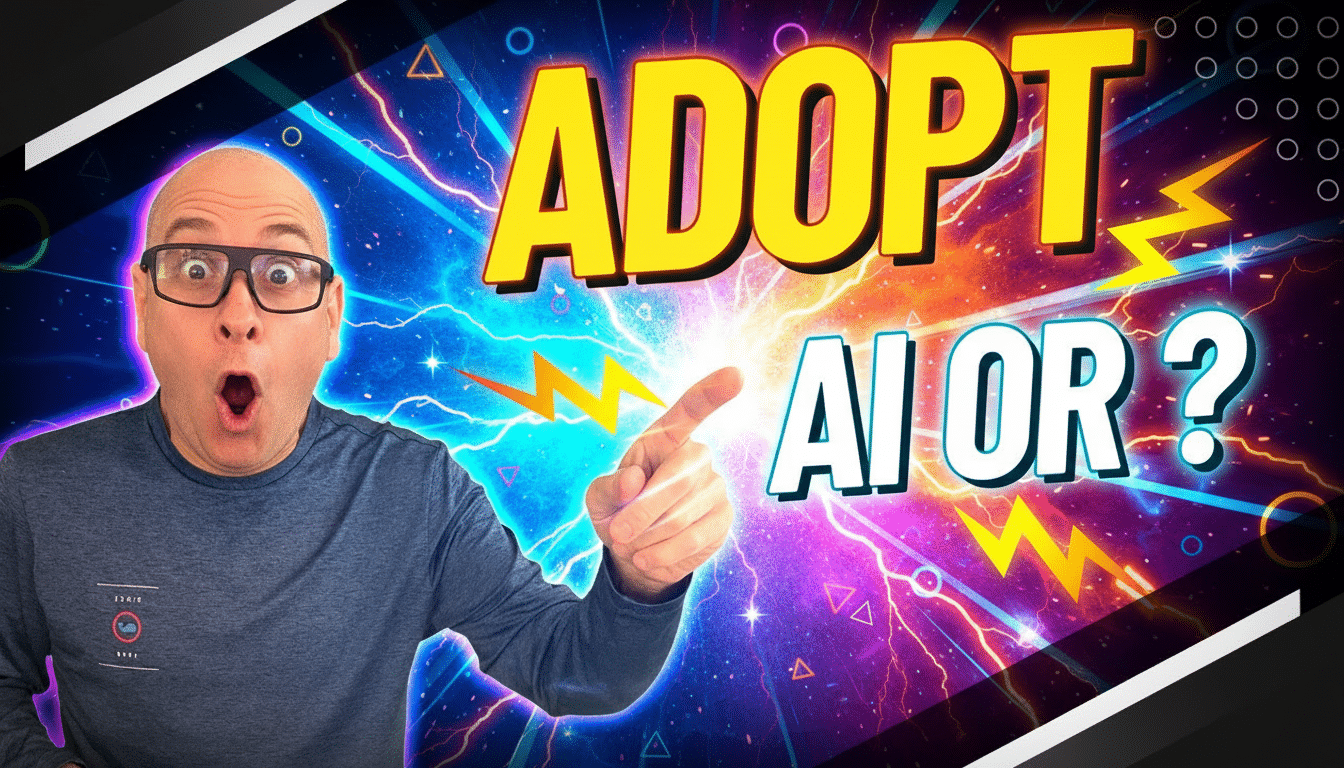Guide to XML Sitemap Optimization for SEO Success
Understanding XML Sitemap Optimization in SEO. Navigating the labyrinth of SEO can be daunting, but the power of a well-optimized XML sitemap cannot be underestimated.
As part of the backbone that supports a website’s visibility to search engines, understanding how to fine-tune your xml sitemap file could mean the difference between ranking oblivion and digital marketing triumph.
At PM Consulting, we see XML sitemap optimization as an essential piece of the complex SEO puzzle.
Crafting a roadmap for search engines to follow not only ensures your most valuable content shines but also elevates your entire online presence.
Keep reading to uncover the secrets of XML sitemap optimization and how to wield them for your SEO advantage.
Guide to XML Sitemap Optimization for SEO Success

An XML sitemap is a roadmap of your website that guides search engines to all your important pages. XML sitemap file can be very effective for SEO, as they enable search engines to find and index your web pages more efficiently. Here’s a comprehensive guide to optimizing your XML sitemap for SEO success:
1. Understanding XML Sitemaps: An XML sitemap is a file where you provide information about the pages, videos, and other files on your site, and the relationships between them. Search engines like Google read this file to more intelligently crawl your site. It lists your website’s URLs (pages) along with additional metadata about each URL.
2. Creating Your XML Sitemap: If you’re using a content management system (CMS) like WordPress, there are plugins like Yoast SEO that can automatically create and update a sitemap for you. For other websites, there are various online sitemap generators available.
3. Include Important URLs: Your sitemap should only contain canonical versions of your pages. Don’t include duplicate pages or URLs that redirect to other pages. It’s also advisable not to include pages with 4xx and 5xx status codes.
4. Update Your Sitemap Regularly: Keep your sitemap updated with new content. This helps search engines to index your latest content quickly. Automated sitemaps are beneficial as they update dynamically whenever new pages are added.
5. Optimize Your Sitemap Size: If your sitemap is too large, break it into smaller sitemaps. Google imposes a limit of 50,000 URLs and a file size of 50MB per sitemap. For larger sites, creating a sitemap index file that links to multiple sitemaps is a good practice.
6. Prioritize High-Quality Pages: Prioritize important URLs in your sitemap. Pages with high-quality content, which are crucial for your business, should be listed in the sitemap. This doesn’t directly boost their rankings but helps ensure these pages are crawled and indexed.
7. Use Lastmod Tag Wisely: The <lastmod> tag in your sitemap indicates when a page was last modified. Use this tag accurately. Frequent, unnecessary changes might lead to crawler inefficiency.
8. Include Image and Video Sitemaps: If your site is heavy on images or videos, consider creating separate sitemaps for them. This can enhance the visibility of your multimedia content in search engine image and video search results.
9. Submit Your Sitemap to Search Engines: Once your sitemap is ready, submit it to search engines. You can do this through Google Search Console or Bing Webmaster Tools. This notifies search engines about your sitemap and allows you to check for any submission errors.
10. Monitor Sitemap Performance: After submission, monitor your sitemap’s performance in Google Search Console. Check for any errors or issues like URLs not being indexed. This tool provides valuable insights into how search engines are interacting with your sitemap.
11. Leverage Robots.txt: Use your robots.txt file to point search engines to your sitemap. Adding a line like “Sitemap: http://www.example.com/sitemap.xml” helps search engines to discover your sitemap.
12. Avoid Including Session IDs: URLs with session IDs can create massive amounts of duplication. Ensure your sitemap URLs are clean and free of session IDs or parameters that don’t alter the content of the page.
13. Consider Mobile and Language-Specific URLs: If you have mobile-specific URLs or international versions of your site, include these URLs in your sitemaps. For multilingual websites, use hreflang annotations to indicate language-specific pages.
Key Takeaways
- Understanding XML Sitemap Optimization Is Crucial for Effective Search Engine Indexing
- A Well-Constructed Sitemap Can Enhance Website Visibility and Prioritize Important Content
- Regular Updates to the XML Sitemap Ensure Search Engines Have Current Site Information
- Strategic Use of Priority Tags Within Sitemaps Helps Guide Search Engine Crawlers
- Automating Sitemap Updates Is Essential for Reflecting Real-Time Content Changes to Search Engines
Understanding the Importance of XML Sitemaps

Greetings, I’m delighted to tap into the realm of digital marketing, where the intricate web of SEO unfurls.
At the heart of any robust SEO strategy lies the often-underappreciated XML sitemap.
This powerful tool might seem deceptively simple, yet it holds the key to enhancing a website’s visibility to search engine crawlers.
Understanding the role of sitemaps, and how they propel the search engines to meticulously index our content, is crucial for any digital marketer aiming to climb the ranks in search results.
It is the sitemap that paves the way for crawlers, allowing them to navigate our website’s structure with ease and efficiency.
Join me as we unravel the subtleties of XML sitemaps and learn to harness their potential within our overarching SEO strategy.
Exploring the Role of Sitemaps in SEO Strategy
Embarking on the journey of SEO, we quickly discover that a xml sitemap file is more than a simple list; it’s the foundation upon which search engine spiders build their understanding of our site’s content:
| Sitemap Feature | SEO Benefit |
|---|---|
| Content Structure | Guides spiders through site hierarchy efficiently |
| Update Frequency | Signals content freshness to search engines |
| Page Importance | Helps assign crawlers’ attention to prioritize pages |
In leveraging this blueprint, search engines can effectively prioritize and index pages, ensuring that our most valuable content shines brightest in search queries. A well-crafted xml sitemap file doesn’t just reflect current site architecture; it anticipates and supports future growth.

How Sitemaps Influence Search Engine Crawling
In my experience with optimizing digital landscapes at PM Consulting, it’s become evident that xml sitemap file s play an integral role in search engine crawling. These sitemaps act as a roadmap for search engines like Google, equipping their crawlers with the insights necessary to interpret the site structure, and the interrelationship between various pages. As a result, each page is indexed more effectively, making the content more likely to surface in response to relevant searches.
Having witnessed the transformative power of sitemaps in SEO first-hand, I recognize that their impact extends beyond mere indexing. Sitemaps also communicate the frequency of updates and the relative significance of pages to search engines. Our digital marketing agency emphasizes fine-tuning these aspects to encapsulate the dynamism of our clients’ sites, which, in turn, enhances their visibility and bolsters their digital authority.
Crafting a Well-Structured XML Sitemap

When it comes to optimizing your website for search engines, creating an XML sitemap might just be the lynchpin that elevates your SEO efforts.
As your guide, I’ll share my insights into constructing a sitemap that is not only beneficial but indispensable for search engine optimization.
We’ll delve into identifying the key components that make a sitemap highly effective and outline the measured steps required to forge an organized and uncluttered XML file.
This initial stage is pivotal to ensuring that search engines can effortlessly parse through your website’s structure and content, laying the groundwork for enhanced visibility and ranking.
Identifying Key Elements of an Effective Sitemap
Pinpointing the crucial components of a sitemap file introduces a level of precision to our SEO toolkit. A sitemap must detail the most vital parts of a site, ensuring that search engines recognize the hierarchy and the distribution of content throughout.
Central to a sitemap’s efficacy are the URLs it contains: it’s essential that they are clear, accurate, and current, as they represent the heartbeat of our website to search engines:
- Last modification date – enabling search engines to spot the freshest content.
- Content priority – guiding crawlers to understand which pages hold greater value and relevance.
- Update frequency – informing how often a page may change and when a return visit by a crawler is anticipated.
As I weave XML sitemaps for our clients at PM Consulting, these elements of the xml sitemap file are meticulously embedded to ensure seamless navigation for search engines. This precision elevates their content’s chances of achieving a top-notch digital presence. Crafting this map with accuracy propels the strategic placement of a website in the vast online landscape, pivoting our clients towards the pinnacle of search engine rankings.
Steps to Create an Organized and Clean XML File
Embarking on the journey to craft a well-organized and clean XML sitemap file, the initial step is to gather all the vital URLs of your website. This collection must be comprehensive, encompassing every page you wish search engines to discover and consider. Assembling this array of URLs serves as the bedrock of your sitemap, ensuring that no stone is left unturned in the indexing process.
| Action | Purpose | Outcome |
|---|---|---|
| Gather all vital URLs | Ensure comprehensive discovery and indexing | Complete representation of the site in the sitemap |
| Validate URL accuracy | Maintain integrity and navigability | Error-free sitemap fostering efficient search engine crawling |
Once the URLs are compiled, the subsequent move involves refining and validating the list: checking for accuracy, removing dead links, and updating any redirects. Each URL must be scrutinized to ensure it leads where it promises, providing a feed that is free of errors and ready for search engine consumption. This step not only aids in maintaining the navigability of your site but also underpins the reliability of the xml sitemap file you submit.
Prioritizing Pages in Your XML Sitemap

As we continue to sculpt our digital blueprint with an XML sitemap file, the emphasis shifts toward the finer details, particularly the discernment in deciding which pages to showcase to search engine sentinels.
Within this framework, my focus as your navigational beacon at PM Consulting shifts to cornerstones such as determining the strategic pages that command prominence and the adept application of priority tags, xml sitemap file.
These are not merely tasks but are thoughtful decisions that can make or break a sitemap’s impact.
It’s about distilling the essence of our digital presence into a prioritized list that aligns with our SEO objectives and audience needs.
Determining Which Pages to Include for Optimal Impact
Zeroing in on the pages that should feature in your XML sitemap file takes a sharp eye for detail and a deep understanding of your site’s content landscape. It’s essential to spotlight pages that provide substantial value, such as your cornerstone content and pages that generate significant user engagement or conversions.
Every page selected for inclusion should serve a clear purpose, enhancing the user experience and supporting the site’s SEO objectives. I always take great care to distinguish the pages that represent the strength of our digital footprint, ensuring they’re listed within the xml sitemap file to signal their importance to search engines:
| Page Criterion | Inclusion Justification |
|---|---|
| Cornerstone content | Signals high-quality, authoritative information |
| High traffic pages | Indicates popular, valuable content |
| High conversion pages | Reflects pages with strong user engagement or revenue potential |
Strategies for Setting Priority Tags Effectively
In executing a seamless xml sitemap, assigning priority tags and xml sitemap file demands a discerning approach. It’s not about labeling every page with top priority but about informing search engines which pages are most crucial for your audience.
So, in my journey with clients at PM Consulting, I allocate higher priority to the most authoritative pages, such as those drawing substantial organic traffic or facilitating conversions. This nuanced prioritization helps search engines to crawl and index these pages more frequently, enhancing their visibility and driving our SEO efforts forward using XML sitemap file.
Keeping Your XML Sitemap Updated Regularly
In my consistent endeavor to achieve SEO excellence within the digital realm, I’ve come to recognize the critical nature of maintaining an updated XML sitemap.
An up-to-date sitemap serves as a dynamic and trustworthy beacon for search engines, guiding them through the ever-evolving content on a website.
This is why leveraging best practices for keeping content lists current, and integrating automation into the update process, stand as pivotal strategies.
They are instrumental in delivering a polished and precise sitemap, pivotal for sustaining a robust online presence.
Join me as I illuminate these concise yet potent methodologies to fine-tune your sitemap upkeep, ensuring it reflects the most accurate representation of your website’s offerings.
Best Practices for Maintaining Up-to-Date Content Lists
Maintaining an up-to-date xml sitemap file is essential for efficient crawling by search engines, and exactitude in this endeavor is the hallmark of PM Consulting’s approach. Regular reviews of the sitemap ensure its reflection of new additions and the removal of obsolete content, poising it as an accurate guide for search engines and a beacon to highlight the freshest material on our site.
My priority is to facilitate a seamless user journey, and this includes implementing a dynamic xml sitemap file update protocol. By synchronizing sitemap revisions with content deployment schedules, I guarantee immediate incorporation of updates, allowing search engines to readily discover the latest pages. This real-time maintenance translates into accelerated indexing, making new content available to users without delay.
Incorporating Automation in Your Update Process
In the vibrant ecosystem of SEO, automating the update process for XML sitemaps is akin to setting a well-timed clock within a bustling train station; it orchestrates the timely movements and updates that are pivotal for search engine awareness. At PM Consulting, I implement cutting-edge automation tools that seamlessly integrate with content management systems, ensuring that every published change reflects instantaneously on our xml sitemap file.
This strategic automation serves as the pulse that keeps our digital heartbeat strong against search bots’ rhythm, effectively communicating every content nuance. With this in place, I cultivate a scenario where our clients’ sites are eternally poised for discovery, making sure that their latest offerings are always visible to the digital audience they cater to using an XML sitemap file.
Conclusion
In conclusion, XML sitemap optimization is a cornerstone of successful SEO strategies.
As a guide for search engine crawlers to navigate and index a website efficiently, a meticulously crafted sitemap enhances visibility and improves search rankings.
By incorporating key elements such as content structure, update frequency, and page importance, and maintaining a clean, organized, and regularly updated xml sitemap file, digital marketers can ensure that their most valuable content is prioritized by search engines.
Automated tools offer additional support to keep sitemaps current, reflecting real-time website changes.
Ultimately, by prioritizing and fine-tuning xml sitemap file details, marketers like those at PM Consulting can strengthen a website’s presence in the vast digital landscape, driving more organic traffic and conversions.























